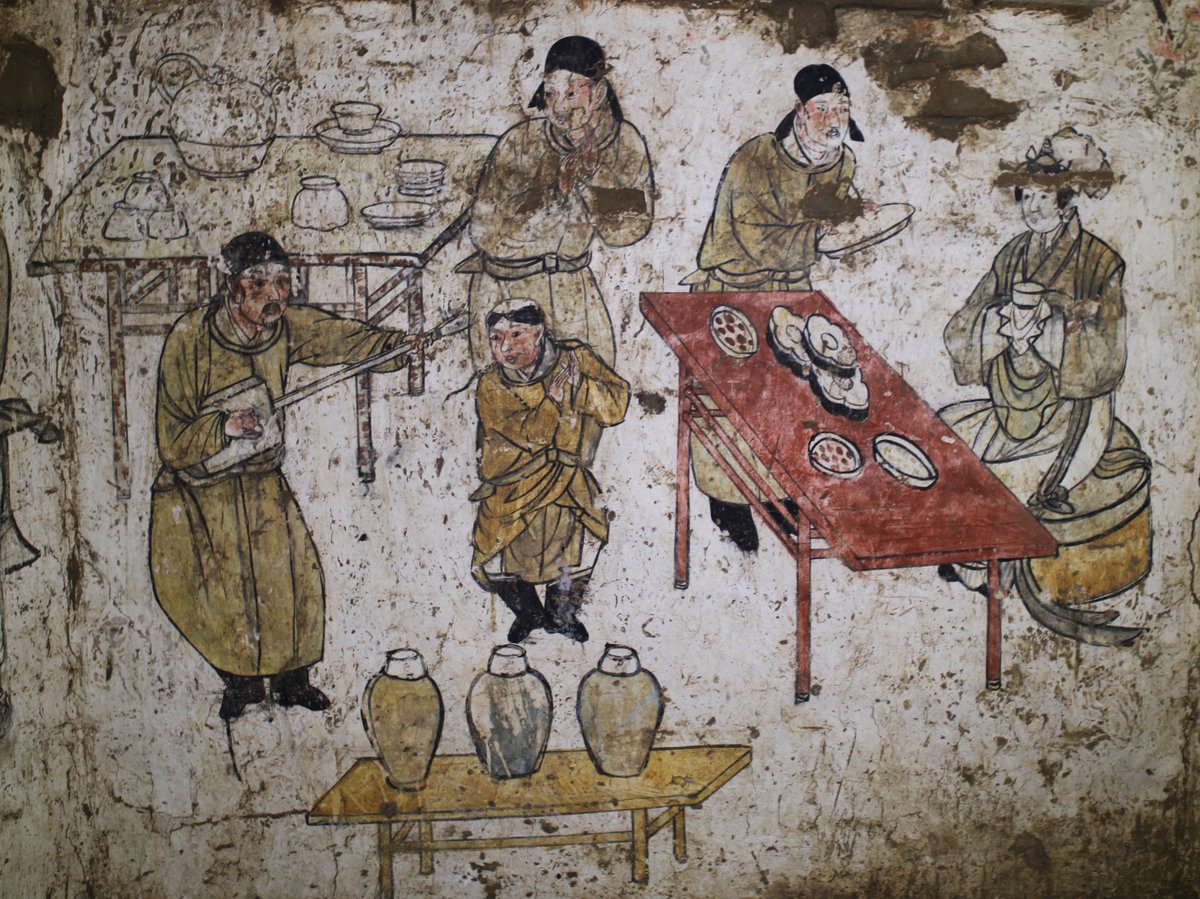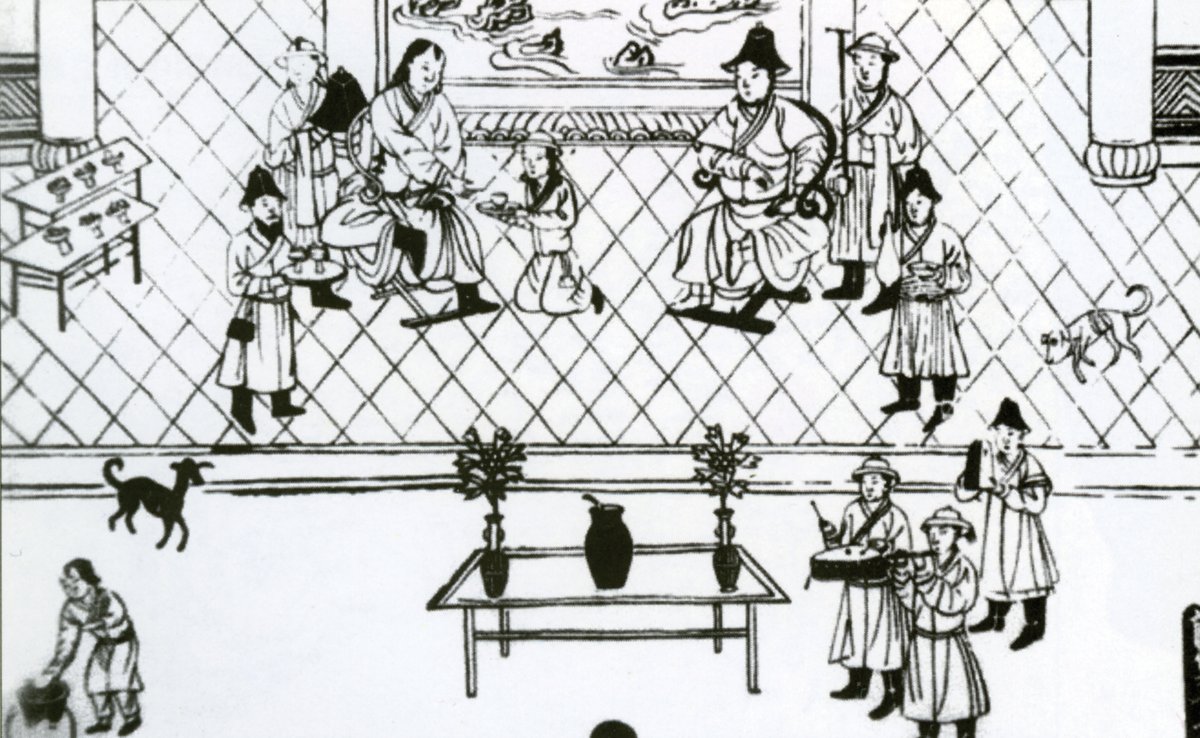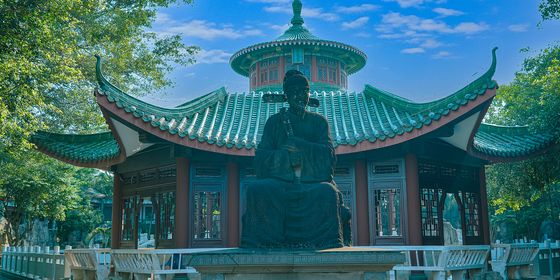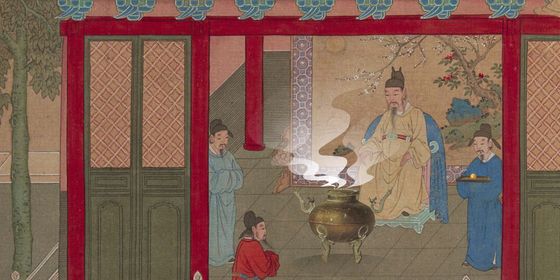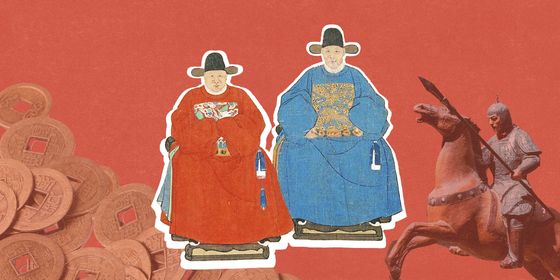Legal, social, and cultural barriers to ending China’s forced labor tradition
In 1906, as the Qing Empire (1616 – 1911) entered its final years, Zhou Fu, the Viceroy of Nanjing, wrote a memorial to the imperial court advocating for the abolition of slavery.
Zhou died two years later, before the throne could act. But in 1909, Wu Weibing, a member of the imperial censorate, picked up the torch with his own memorial imploring the throne to honor Zhou’s request.
Finally, on January 31, 1910, the Qing court issued an imperial rescript which officially abolished slavery throughout the empire.
It wasn’t the first time a government in China had tried to end slavery. Nor was chattel slavery unique to China. But throughout Chinese history, edicts, laws, and proclamations against slavery ran up against a system that perhaps uniquely conflated human bondage with criminality, social debasement, and cultural prejudices toward certain classes of people.
Forms of slavery have existed in China since before the imperial era. During the Spring and Autumn period (770 – 476 BCE), prisoners-of-war could avoid execution by entering into bondage by their captors. The philosopher Mozi (墨子), who steadfastly opposed all forms of offensive warfare, cited enslavement as one of the horrors of war.
In early texts from the third century BCE, shortly before the founding of the Qin Empire (221 – 206 BCE), enslavement is described along with mutilation and castration as an appropriate sentence for prisoners and criminals.
The earliest references to the buying and selling of slaves appear during the Warring States period (475 – 221 BCE). Unsurprisingly, these involve the purchasing of women as household servants.
Female enslavement in China existed on a continuum of social practices that treated women as commodities. On one end, marriage was affirmed by bride prices, dowries, and arrangements over which the woman had little choice. Sexual and domestic slavery, concubinage, and various forms of pimping and prostitution were part of the same spectrum.
Children were another group commonly sold into slavery. The writings of philosopher Han Fei (韩非) discuss the phenomenon of parents selling children into slavery during times of famine, which continued into the modern age.
By the time of the Han Empire (206 BCE – 220 CE), slavery, both as a form of punishment and a labor resource, had become widely accepted in society. It was also during the Han era that rulers first attempted to limit slavery. The founding emperor, Emperor Gaozu of Han (汉高祖), ordered the emancipation of prisoners-of-war forced into bondage and people who had been sold into slavery due to poverty.
Perhaps part of Emperor Gaozu’s decision was a desire to distance his rule from that of his Qin predecessors. Slavery was common enough during the Qin dynasty that founding emperor Qin Shi Huang’s (秦始皇) own mentor, Lü Buwei (吕不韦), was rumored to have had over 10,000 slaves and bonded servants as part of his household. Han historians accused the Qin government of operating slave markets with people penned like cattle.
While Han rulers accepted slavery as a part of society, they issued edicts defining who could and, more importantly, could not be sold into slavery. Because of the long history of servitude as a form of punishment, slaves were stigmatized as much by their association with criminality as by their unfree status. The Han court, along with later governments, made a distinction not simply between “free” and “unfree,” but between “good (良, liang)” and “debased (贱, jian)” people.
In the Han and later eras, the kidnapping or coercion of a good person into slavery was a serious crime. However, enslavement alone could not change a person’s status. A court case in 502 records a man who sold his daughter to a slaver who then resold the girl. The slaver was executed because he tried to pass off a “good” child as a “debased” one. The crime was, essentially, one of fraud.
The Tang Code, a set of laws established during the Tang dynasty (618 – 907), states several times that slaves could be bought and sold as personal property, in the same way one could buy or sell domestic animals. Nevertheless, the code still treated slaves as people. A master could be punished (ironically with one year of hard labor) for killing his slave. Killing a slave who was defending his master or his master’s property carried the same sentence as murdering a “good” person.
The law treated “debased” people, including slaves, differently from “good” people. A crime committed by a debased person against a good person carried a harsher sentence than the reverse. Debased status was also hereditary: children of slaves in the debased class could be born into servitude.
Unequal treatment of the two groups also extended to offenses of a sexual nature. There were strong cultural and legal restrictions against debased people marrying good people, and later governments—the Qing in particular—worried about the “pollution” of “good” females through penetration, forced or otherwise, by a “debased” male.
Conquest dynasties such as the Mongol Yuan dynasty (1206 – 1368) and the Manchu Qing dynasty, added more complexity through their own customs regarding unfree labor. One aspect of Manchu society transplanted to China was the relationship between high officials and members of the imperial clan and their “bondservants” (booi aha in Manchu). While not a form of chattel slavery based on buying and selling people, it did involve hereditary obligations between a lord and generations of his retainers. Some of these bondservants rose to become prominent and wealthy in their own right. A notable example was the family of Cao Xueqin (曹雪芹), author of the classic novel Dream of the Red Chamber (《红楼梦》).
One emperor famously tried to untangle the complex web of social and legal categorizations. Aisin-Gioro Yinzhen, the Yongzheng Emperor (雍正帝), issued a series of edicts during his rule attempting to remove the legal designations of “debased” people and the practice of hereditary bondage. This included domestic slaves but also professional mourners, hereditary beggars, and indentured servants.
While much has been made of the Yongzheng Emperor’s “emancipation” of these people, it is likely that his motivation had more to do with establishing a unified legal standard than with a deep-rooted sense of empathy toward the unfree and oppressed.
Despite his determination, the effects of Yongzheng’s official intervention were a little underwhelming. Legal codes could be changed, but cultural prejudices endured. Many “debased” people found themselves bound to their status or occupation by social pressure, custom, or because they didn’t know any other way to live.
Even the 1910 edict, which again sought to not only abolish chattel slavery but affirm the equal legal status of “debased” people, met with resistance. Though successively banned by the new governments of 1912 and 1949, forms of unfree and coerced labor, and the buying and selling of women and children especially, were not swept away in a single historical moment but unofficially continue to the present day.
This is a story from our archives. It was originally published in 2016, and has been edited and republished in honor of TWOC’s upcoming 100th issue celebrations. Check out our subscription plans and discounts that will give you access to more great stories!







